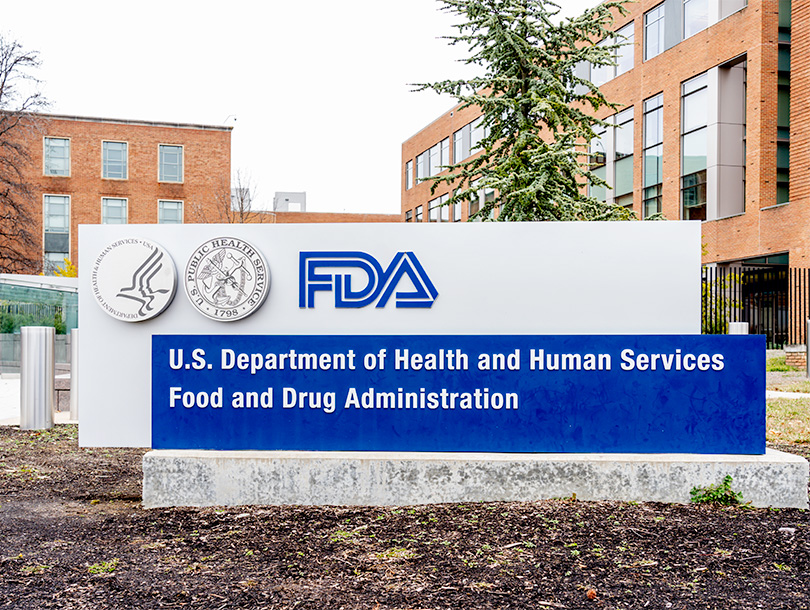18 January 2021
Medical Device Regulations Part 1 — USA
United States Regulations (21 CFR Part 820)
In 1879, Dr E. R. Squibb, in an address to the Medical Society of the State of New York, proposed the enactment of a national statute to regulate food and drugs. It was not until 27 years later that the Federal Food and Drugs Act of 1906 was introduced into Congress and signed into law by President Theodore Roosevelt along with the creation of the oversight organization the Food and Drug Administration (FDA). Until that time, devices that were harmful to human safety and health proliferated the market but regulation of medical devices by the Bureau of Chemistry (the precursor to the Food and Drug Administration — FDA in 1906) was limited to challenging commercial products only after they had been released into the market. With the explosion of medical technology in the early 20th century, several intermediaries evolved between the medical device industry and the public. Devices in the marketplace that were defective, adulterated or misbranded were seized and the device manufacturers were prosecuted in a court of law, but only after the products entered the market and caused harm to the end-users. Thus, there was a strong need for regulating the devices before they entered the marketplace. In 1938, the Federal Food and Drugs Act was changed to the Federal Food, Drugs and Cosmetics Act which still stands to the present day. This act prohibited the movement in interstate commerce of adulterated and misbranded food, drugs, devices and cosmetics. An FDA report issued in September 1970, detailed as many as 10,000 injuries and 731 deaths from ineffective medical devices. The report recommended the formation of a regulatory system and body that would enforce the production and sale of safe and effective devices to the public. All medical devices already on the market would be inventoried and classified into a three-tiered system based on their criticality of end-use. It also detailed requirements for records and reports, registration and inspection of establishments, and uniform quality assurance programs called good manufacturing practices (GMP). After much lobbying by the FDA, Senate bill SR 510, “The Medical Device Amendments of 1973” was introduced by Senator Edward M. Kennedy and was passed by the Senate in 1975. House bill HR 11124, “Medical Device Amendments” introduced by Representative Paul Rogers, was passed by the House in 1976. These bills eventually became the Medical Device Amendments of 1976 and were signed into law by President Nixon. The Medical Device Amendments of 1976 became the basis for the medical device regulation in the United States to control and regulate the production of finished devices and thus the device manufacturers themselves.
Current Good Manufacturing Practices (CGMP) requirements for medical devices in part 820 of the Code of Federal Regulations (CFR) – 21 CFR part 820 was enacted into law on July 21, 1978. This regulation became effective on December 18, 1978 but is now obsolete. This regulation was designed to specify general requirements for all manufacturers as well as special requirements for what were termed “critical devices” and focused solely on the manufacture of medical devices. Between 1978 and 1990 a number of studies and data from recalls of medical devicesindicated that a significant number of recalls were due to improper, faulty or ineffective designs. On November 28, 1990, Congress passed the Safe Medical Device Act (SMDA), providing the FDA with the authority to add preproduction design controls to the GMP regulation. This meant that device manufacturers would need to have controls over their design and development processes including strict controls of the raw materials and components used to manufacture the finished device. It also included the addition of purchasing controls and a provision to include the oversight of foreign countries selling products into the United States. Quality System Regulation for Medical Devices 21 CFR Parts was enacted into law on October 7, 1996. It became effective June 1, 1997. Efforts were made to harmonize this regulation with both the then-existing ISO 9001:1994 and with the then-existing medical device specific standard ISO 13485:1996. The purpose of the regulation is to ensure that medical device manufacturers have the appropriate systems, procedures, processes and controls in place to design, develop, produce and distribute high quality, safe and effective devices for their intended use. The regulations are a framework for manufacturers and are flexible enough to allow them to formulate and implement those parts of the regulation that are applicable to their products and processes and the risk of their products. They specify the requirements for medical devices. It is the responsibility of the manufacturer to decide how to implement the regulations within their quality management systems, based on the type, complexity, and risk of their product and the type of their organization. To sell medical devices in the United States of America, all (domestic or international) finished medical device manufacturers must register with the Food and Drug Administration (FDA), and must comply with the regulation. Approvals of devices are made either by a premarket notification 510(k) clearance, or a premarket approval (PMA).
